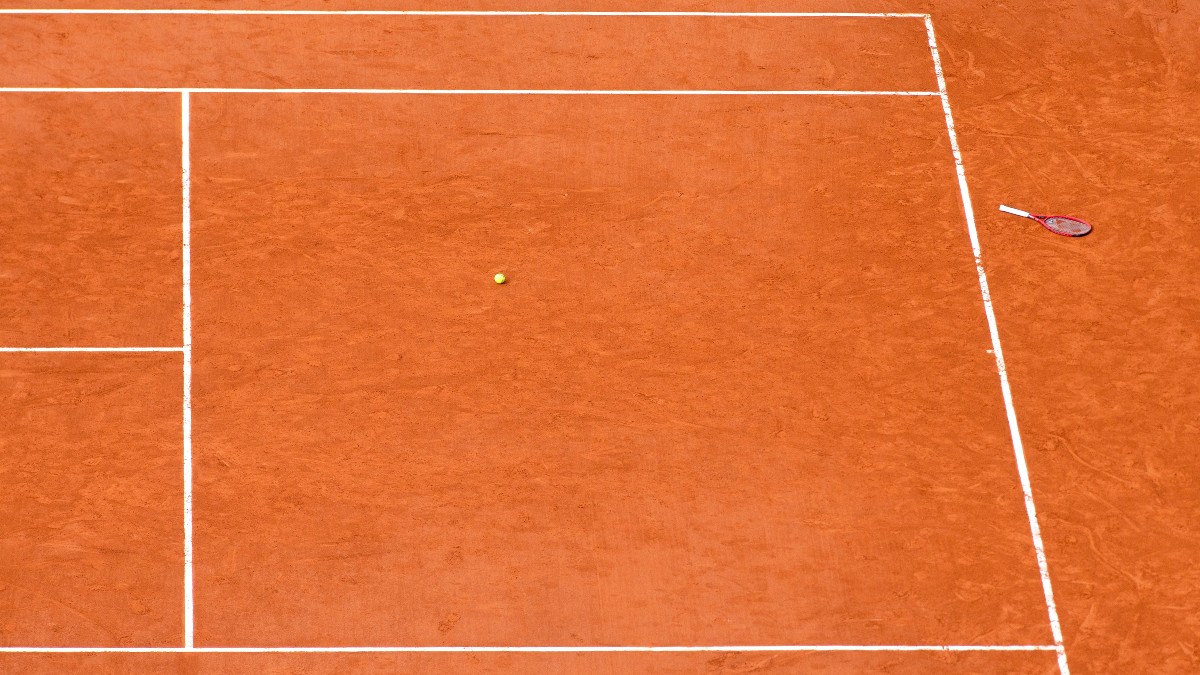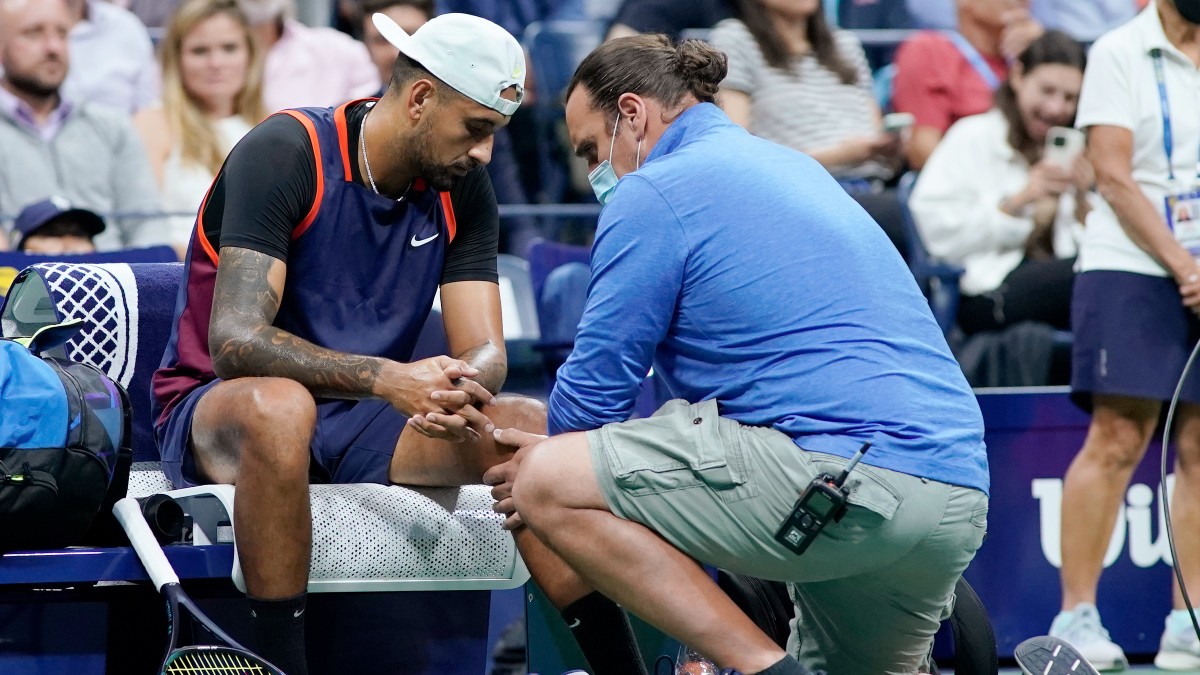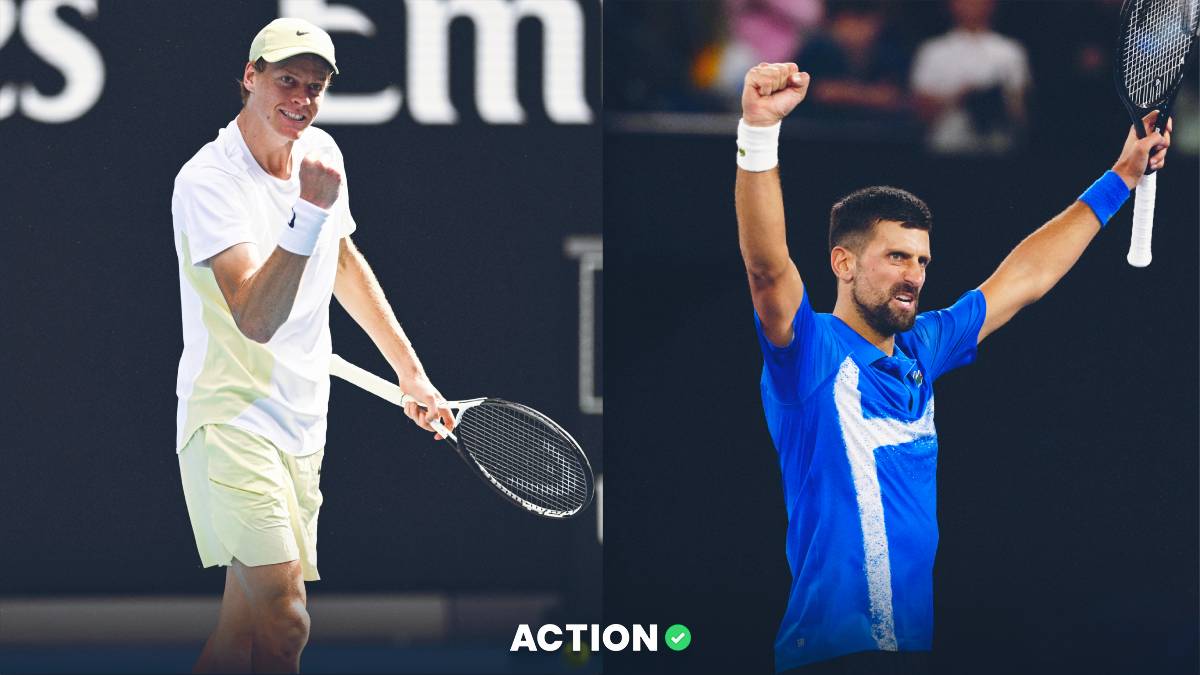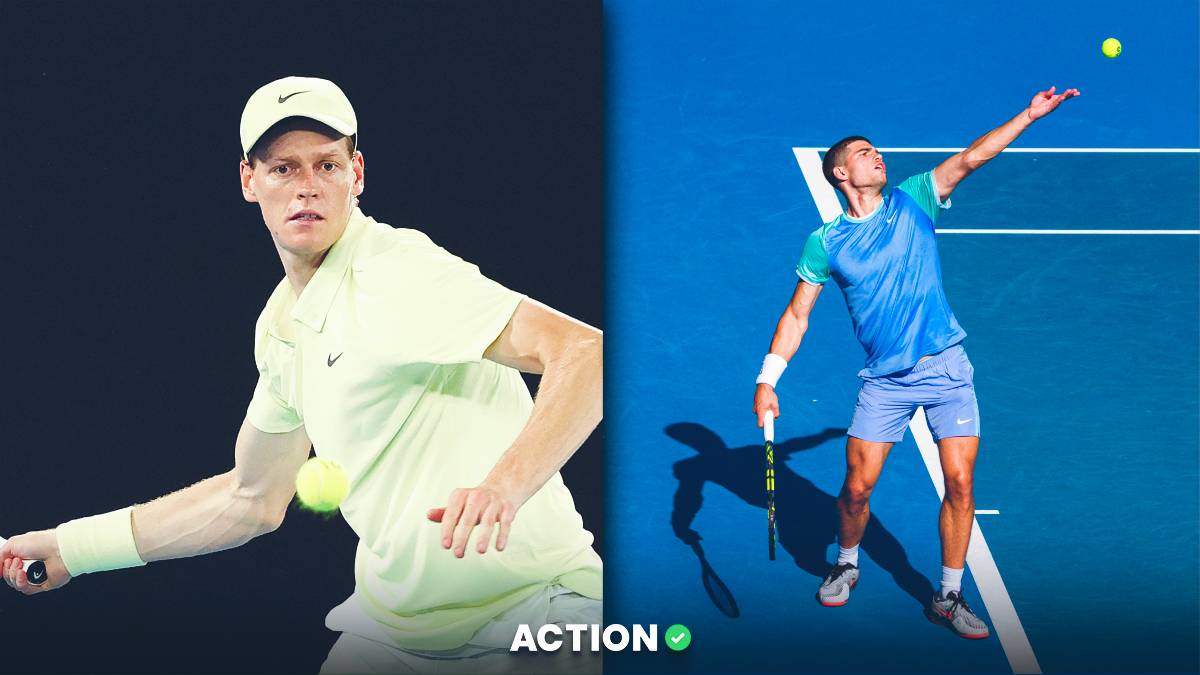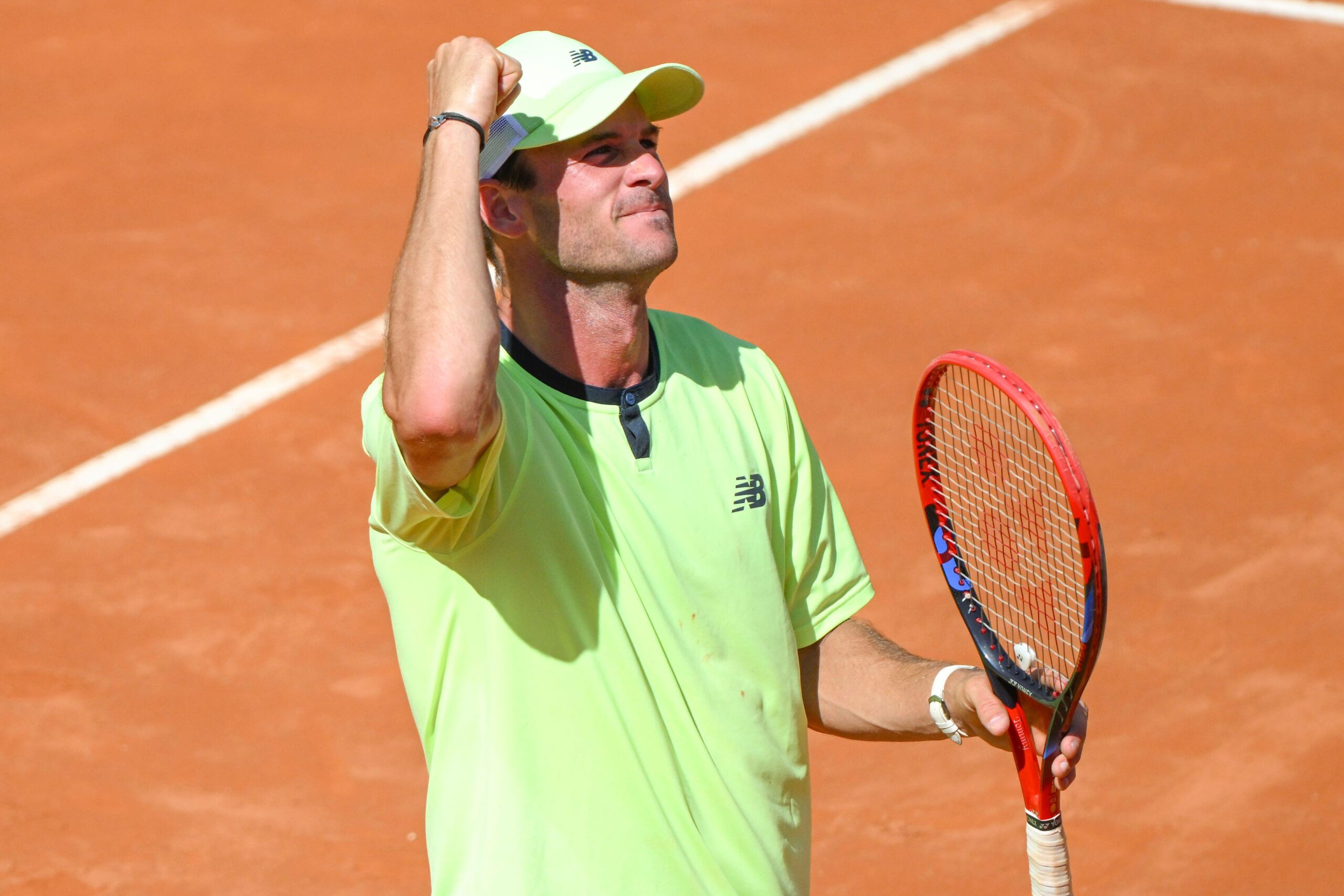On Thursday morning, the Washington Post published an investigation into the largest match-fixing ring in tennis history, the publication alleges.
A Belgian man named Grigor Sargsyan orchestrated the scheme with the help of 180 professional players, all of whom were on the longer rungs of the circuit.
The European operation, which was first busted in 2018, resulted in a five-year sentence for Sargsyan in addition to significant punishments for players, associates and those involved.
Sargsyan netted millions in profits from the scheme, much of which — at least $9.6 million over a two year period — was sent back to an associate in Armenia who was reportedly assisting from prison.
The story reports that up to $50,000 was sent to lower level players to throw not just matches, but individual points that the crooks would then wager on themselves.
As many tennis bettors will know, the sport is perhaps the most vulnerable to fixing and related activities due to the individual nature of the sport and the sport's financial structure.
While events like the US Open project a positive image regarding the finances and glamor behind professional tennis, the reality is that a majority of professional players are struggling to make ends meet.
Only a few hundred players in both the men's and women's game make a significant income playing tennis. Players are also required to put upfront costs into coaching, travel, equipment and otherwise.
Athletes outside of the top 500 sometimes require second or third jobs. In other sports, they would be multi-millionaires.
The Tennis Integrity Unit is designed to protect against corruption in the sport, and while it has had some success, the unit has not been able to eradicate the issue — especially from the sport's lower levels.

